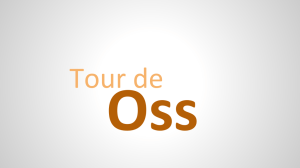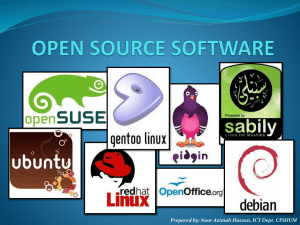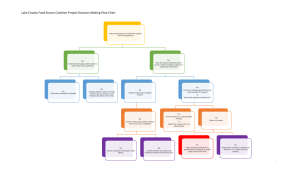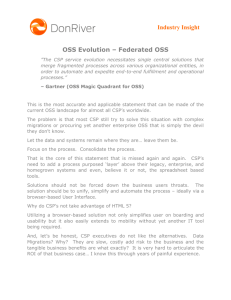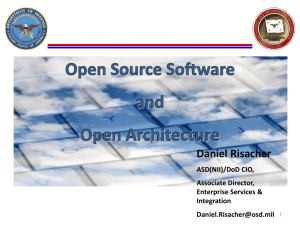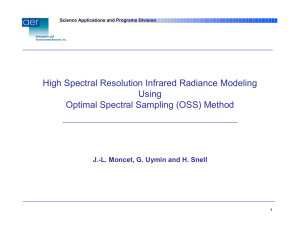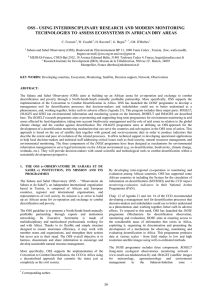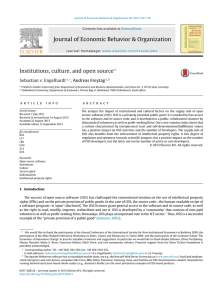Hubble Science Legacy Workshop
advertisement
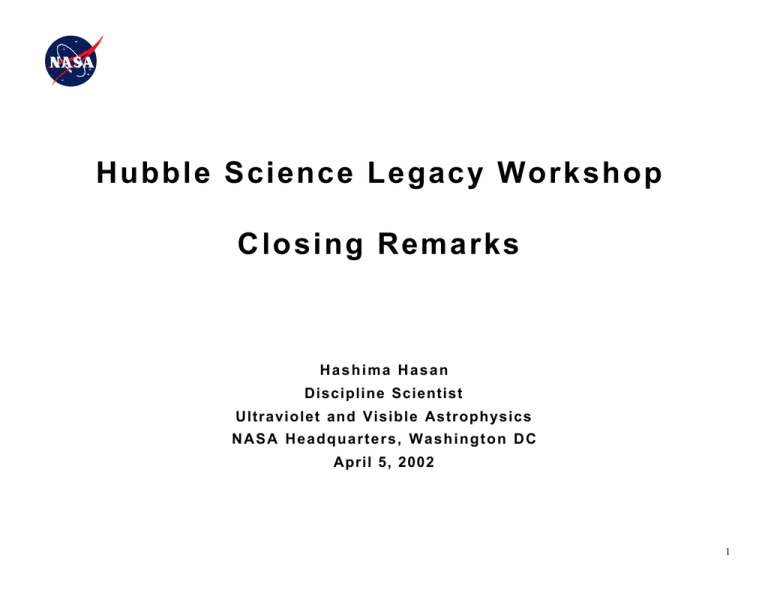
Hubble Science Legacy Workshop Closing Remarks Hashima Hasan Discipline Scientist Ultraviolet and Visible Astrophysics NASA Headquarters, Washington DC April 5, 2002 1 Workshop Objective Continue community dialogue started in Boulder, Co in 1998 to get a consensus on scientific priorities in UV/Optical astronomy after de-orbiting of HST in 2010 Workshop Outcome A whole slew of ideas of exciting science remaining to be done were presented as were the technological challenges facing the community as summarized by Jeremy Mould, Steve Beckwith and Jim Crocker Where do we go from here? I have requested Garth Illingworth and Rob Kennicut to set up a small Working Group, the charter of which will be to distil the ideas from this Workshop and other community documents into a coherent White Paper A preliminary Executive Summary should be submitted to the roadmapping teams of NASA’s Origins Subcommittee (OS) and Structure and Evolution of the Universe Subcommittee (SEUS) which are currently preparing inputs to the Office of Space Science (OSS) strategic plan 2 Working Group Charter Identify major science questions in UV/Optical astronomy – What is the compelling science that would re-write textbooks the way HST science has done? – Does this science open new research windows not achieved by an a pproved mission in the OSS strategic plan? How do we go beyond TPF science? – Will the science excite the public? Identify the technology development required to achieve above scientific goals – What is the current state-of-the-art technology and what technological breakthroughs are required (e.g. detector development, mirror technology, propulsion systems etc.)? – Define a roadmap for technology development Identify near term Research and Analysis (R&A) needs – What basic research needs to be done today to prepare for the mi ssion(s) of tomorrow? – What kind of mission concept studies are required? 3 Working Group Charter (c o n t d.) Define strategy for achieving science goals – Is a large UV/Optical telescope (Linsky’s “behemoth”) required ? – Would a series of competed Explorer class missions or Explorer + missions suffice? – Nature of facility/facilities • Spectroscopic ? • Imaging? • Other? • Define wavelength range, resolution, sensitivity etc. required 4 Supplementary Input Related Workshop/Working Group Reports – UV/Optical Workshop, Boulder Co, 1998 proceedings – Tracing the Cosmic Web, 1999, White Paper by Shull et al. – UV/Visible Detectors for Future Space Astrophysics Missions, 2002, White Paper by Blades et al. – Laboratory Astrophysics Workshop, May 1-3, 2002 http://www.astrochemistry.org/ nasalaw.html Complementary Workshops/ Working Groups – Second Workshop on New Concepts for Far-IR/ Submillimeter Space Astronomy , College Park, MD, March 5 - 7, 2002 – Far-IR, Sub-mm, MM Detector technology Workshop, April 1-3, 2002 (http://sofia- usra.arc. nasa. g o v/det _workshop) – Origins 2002,May 26 - 22, 2002 ( http://www.westoverconferences.com/origins/) 5 Context for HSL White Paper OSS Science Themes/Science Directors – Astronomical Search for Origins (ASO)/ Anne Kinney – Structure & Evolution of the Universe (SEU)/ Anne Kinney – Sun Earth Connection (SEC) / Richard Fisher – Solar System Exploration (SSE) / Colleen Hartman OSS Advisory Structure (governed by Federal Advisory Committee Act) l Space Science Advisory Committee ( S S c A C) – Advises OSS Associate Administrator, Edward Weiler l SScAC Subcommittees/ Chair – Origins Subcommittee (OS)/Alan Dressler – SEU Subcommittee (SEUS)/Rocky Kolb – SEC Subcommittee (SECAS)/David McComas – SSE Subcommittee (SSES)/Michael Drake 6 Context for HSL White Paper (cont’d.) OSS Strategic Planning Process – National Academy defines fundamental science questions every ten years – OSS prepares strategic plan every three years as input to congressionally mandated NASA strategic plan • SScAC responsible for OSS strategic plan • Each subcommittee receives community input (e.g. workshops, working group reports, professional society meetings etc.) to prepare roadmap for its science theme within context of National Academy recommendations • Roadmaps submitted to SScAC for incorporation into OSS Strategic Plan – OSS Performance Plan and metrics prepared a n n u a l l y based on President’s budget – OSS Performance Report prepared based on evaluation by SScAC and NASA Advisory Council 7
